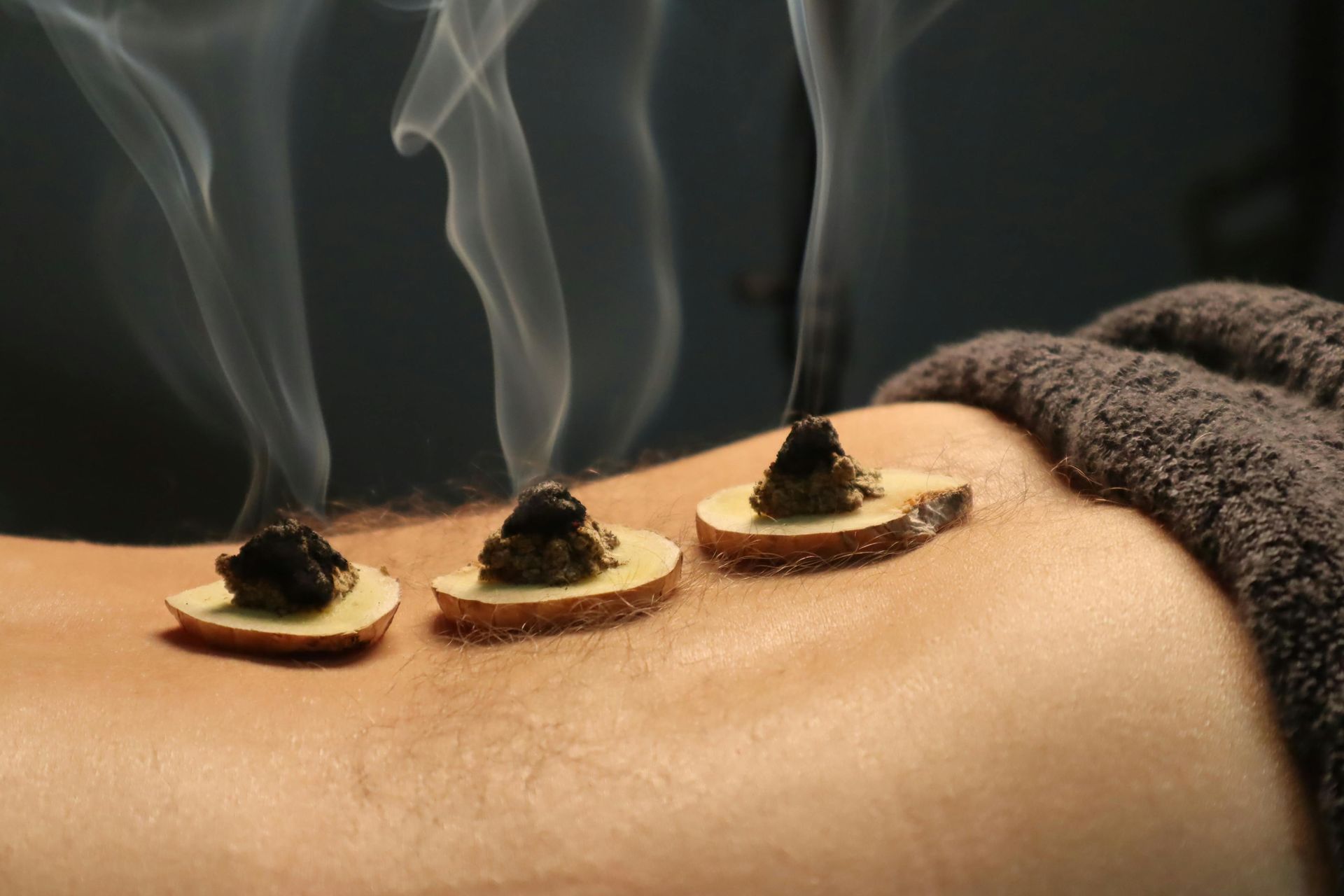Deepening Your Yoga Journey
An Exploration of the Yamas and Niyamas

Introduction
Yoga isn’t just about bending, stretching, and breathing—it’s a holistic lifestyle that guides how we interact with ourselves, others, and the world. Central to this philosophy are the Yamas and Niyamas, often referred to as the ethical “roots” of yoga. When we incorporate these principles into our practice and daily life, we unlock a more profound understanding of balance, purpose, and well-being.
Part 1: The Yamas
The Yamas are ethical observances that help us navigate our relationships with the outside world. Think of them as guideposts for living in harmony with others and our environment.
1. Ahimsa (Non-Violence)
• Practice: Avoid pushing yourself too hard in a pose; respect your body’s limits. Cultivate compassion toward yourself and others—physically, mentally, and emotionally.
• Application Off the Mat: Embrace kindness in everyday interactions, whether it’s through patient listening or supporting a friend in need.
2. Satya (Truthfulness)
• Practice: Be honest about your physical abilities each day—some days you may need a gentler approach, others you might have more energy.
• Application Off the Mat: Speak truth with empathy. Whether at work or home, let authenticity guide your words and actions.
3. Asteya (Non-Stealing)
• Practice: Balance the distribution of effort in your body when holding a posture—avoid “stealing” energy from one part of the body by overworking it.
• Application Off the Mat: Be mindful of how you use shared resources. Non-stealing also includes not seeking constant validation or attention from others.
4. Brahmacharya (Right Use of Energy)
• Practice: Channel your effort wisely during each posture. It’s not about intensity alone but directing energy to achieve stability and alignment.
• Application Off the Mat: Align your daily actions with your core values. Whether you’re pursuing a professional goal or nurturing relationships, direct your energy purposefully.
5. Aparigraha (Non-Greed)
• Practice: Let go of attachment to how a pose “should” look. Embrace the process rather than clinging to an idealized outcome.
• Application Off the Mat: Practice gratitude and contentment with what you have, whether it’s material possessions or personal accomplishments.
Part 2: The Niyamas
While the Yamas guide how we relate to the external world, the Niyamas focus on our internal environment—how we cultivate self-discipline and personal growth.
1. Saucha (Cleanliness/Purity)
• Practice: Keep your practice space tidy, and consider incorporating purifying breathwork to cleanse your body and mind.
• Application Off the Mat: Maintain a clean living area, nourish yourself with fresh foods, and surround yourself with positive influences.
2. Santosha (Contentment)
• Practice: Be at peace with your pose, regardless of how advanced it is. Contentment fosters steady progress without self-judgment.
• Application Off the Mat: Approach daily life with gratitude. Finding joy in small moments can cultivate a lasting sense of fulfillment.
3. Tapas (Discipline)
• Practice: Consistency in your yoga routine—even when it’s challenging—builds mental and physical endurance.
• Application Off the Mat: Develop resilience in other areas of life, such as maintaining healthy habits, meeting study or work deadlines, and pushing through obstacles.
4. Svadhyaya (Self-Study)
• Practice: Tune in to how each posture feels, noticing where tension or ease arises. This heightened self-awareness is the essence of yoga.
• Application Off the Mat: Reflect on your thoughts and behaviors. Journaling, meditation, or reading philosophical texts can deepen self-understanding.
5. Ishvara Pranidhana (Surrender to a Higher Self or Higher Power)
• Practice: Cultivate humility by recognizing something greater than your individual ego, whether it’s the flow of nature or a spiritual belief.
• Application Off the Mat: Let go of excessive control or worry. Trust the process and remain open to life’s lessons, even in challenging times.
Integrating Yamas and Niyamas into Your Classes
1. Theme-Based Asanas: Dedicate each session to a specific Yama or Niyama. Reflect on it during the poses.
2. Guided Journaling: After practice, write down one way you applied a Yama or Niyama on the mat.
3. Mindful Adjustments: Reminder, the goal isn’t just a perfect pose—it’s an opportunity to practice compassion, honesty, and self-awareness.
Moving Forward
By incorporating the Yamas and Niyamas into your yoga (and everyday life), you enrich more than just your physical practice. These principles serve as a moral compass, ensuring that your energy—both on and off the mat—is purposeful, grounded, and positively aligned.
Stay tuned for future discussions on how to introduce to your practice trough specific asanas, breathwork, and mindfulness techniques. As you explore these ethical observances, remember that each principle invites you to cultivate deeper harmony within yourself and with the world around you.
Final Thoughts
Mindfulness isn’t merely a solitary act of meditation; it is a holistic approach to living that intertwines with every choice we make. The Yamas and Niyamas remind us that yoga is a lifestyle, guiding us to be kinder, more disciplined, and more in tune with our higher purpose. Embrace these teachings as gentle nudges toward greater self-awareness and compassion, both for yourself and those you serve.
Author’s Note:
As a dedicated student of natural medicine and an avid practitioner of yoga, I’ve seen firsthand how aligning with these principles transcends mere posture and breath. May this exploration inspire you to deepen your practice and broaden your perspective—both on and off the mat.
Elev8d Essence: The Balance Blueprint




